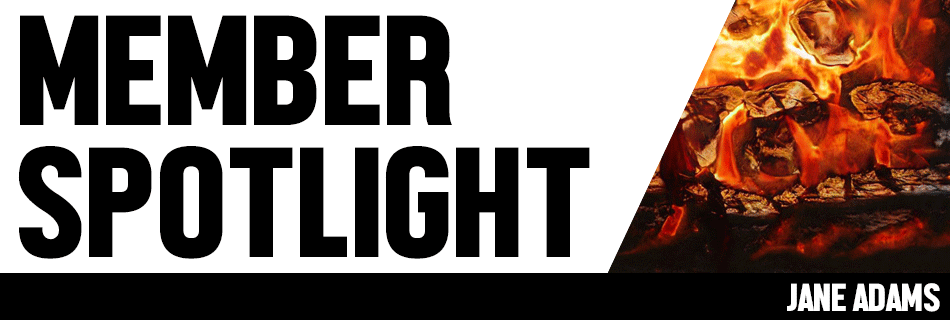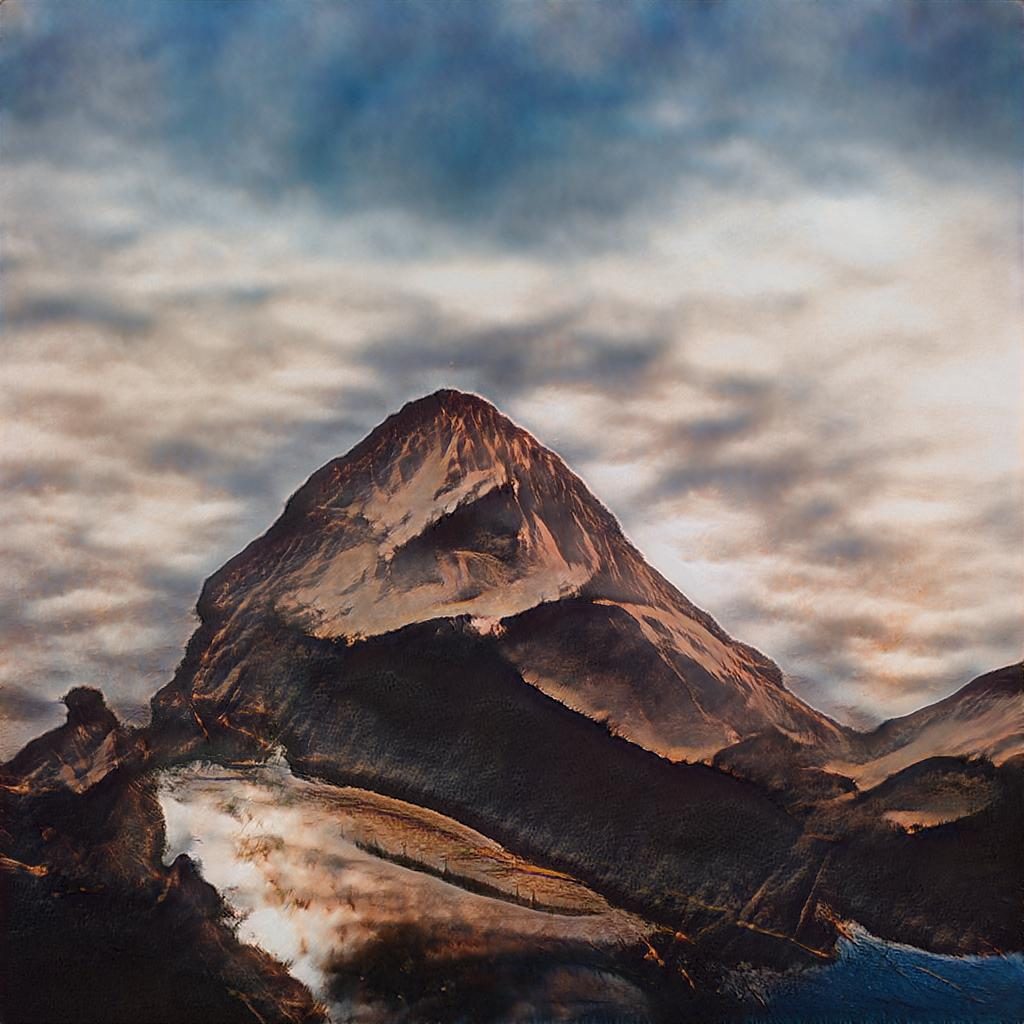
Jane Adams
Computer science artist Jane Adams uses the pseudonym @Nodradek for sharing with the world her A.I.-generated artworks. ‘Nodradek’ is a negation of ‘Odradek’, the name of a mysterious object from Franz Kafka’s ‘Cares of a Family Man’ which represents “what is left of life once everything is reduced to materialism”.
The work of @Nodradek, while created using machine learning in a distinctly digital realm, lives best in the physical world from whence its training data was derived, a directional reversal celebratory of post-postmodernism. These Artificial Intelligence works are the result not only of a generative process, but also a reductive, curatorial one, as the Generative Adversarial Network (GAN) medium is capable of generating a theoretically infinite number of images.
She hopes that her work will tempt self-described “not a computer person”s to learn more about the mechanics of machine learning and the contemporary issues of algorithmic justice, while also luring computer scientists into the untethered, subjective beauties of fine art in a distinctly anti-logical endeavor.
Q&A
What are your earliest memories of being artistic? I remember being voted “most likely to become an artist” in middle school as a superlative, and crying. I thought it was an insult — the specter of the “starving artist” was very tangible in my mind, and I felt that my peers had singled me out as being too wayward, too chaotic, not driven enough to do anything else more “worthwhile”. Now, I’m deeply proud to identify as an artist. I see the incredible potential of visualization and the arts to bring important issues to the fore, to help with understanding, to advance scientific communication.
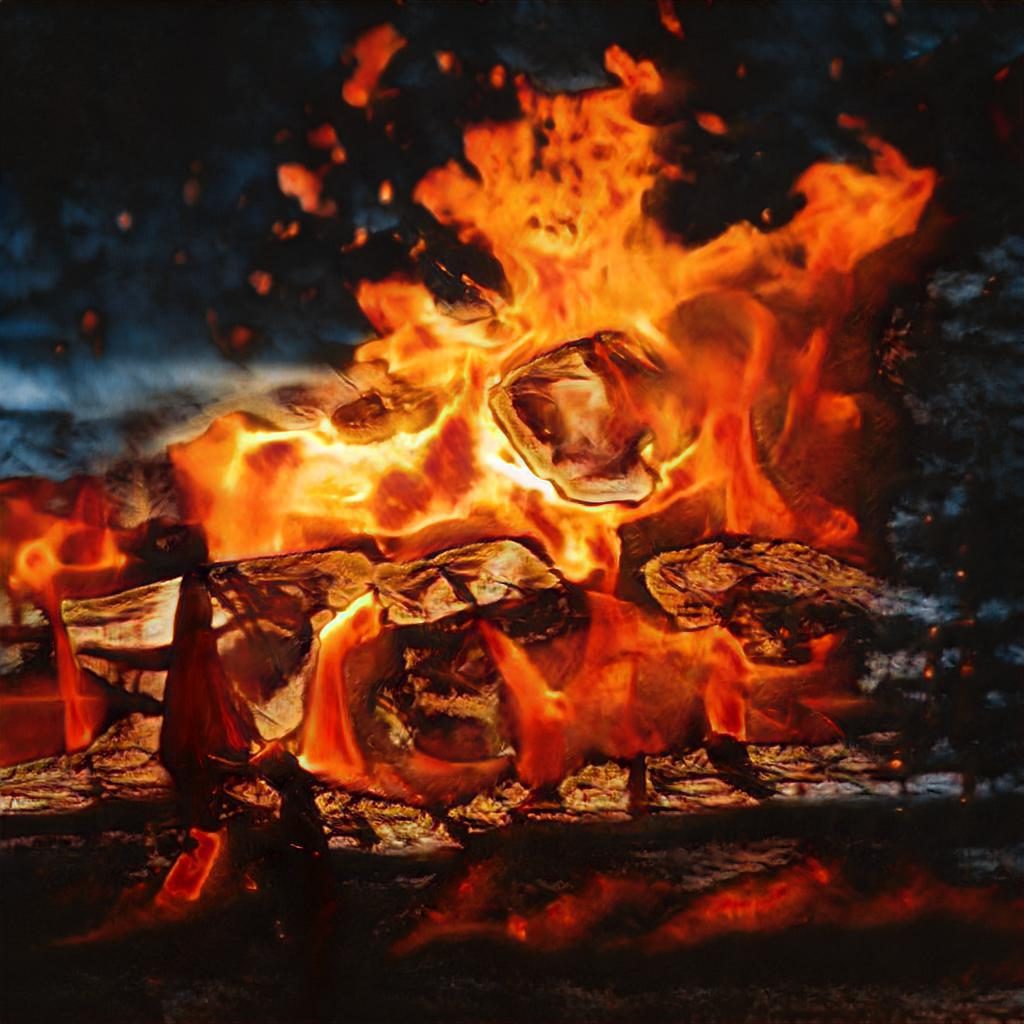
Are you self-taught or formally educated in visual art? I have a BFA in graphic design and digital media and also an MFA in emergent media. However, my recent work using machine learning as an art medium has been largely self-taught and inspired by my work in collaboration with data scientists and machine learning researchers.
How did you first become involved with CAA? I’m moving back to Massachusetts from a 9-year adventure in Vermont. Several friends in the area pointed me to CAA as a place to build new, meaningful relationships around the arts in the place I will soon call home — Cambridge.
What medium do you currently work in and how did you choose this medium? In my current work, I am using generative adversarial networks as a medium. This means a lot of coding in Python, and I run all my model training on a supercomputer via cloud GPUs. I do a lot of post-processing in Photoshop and After Effects.
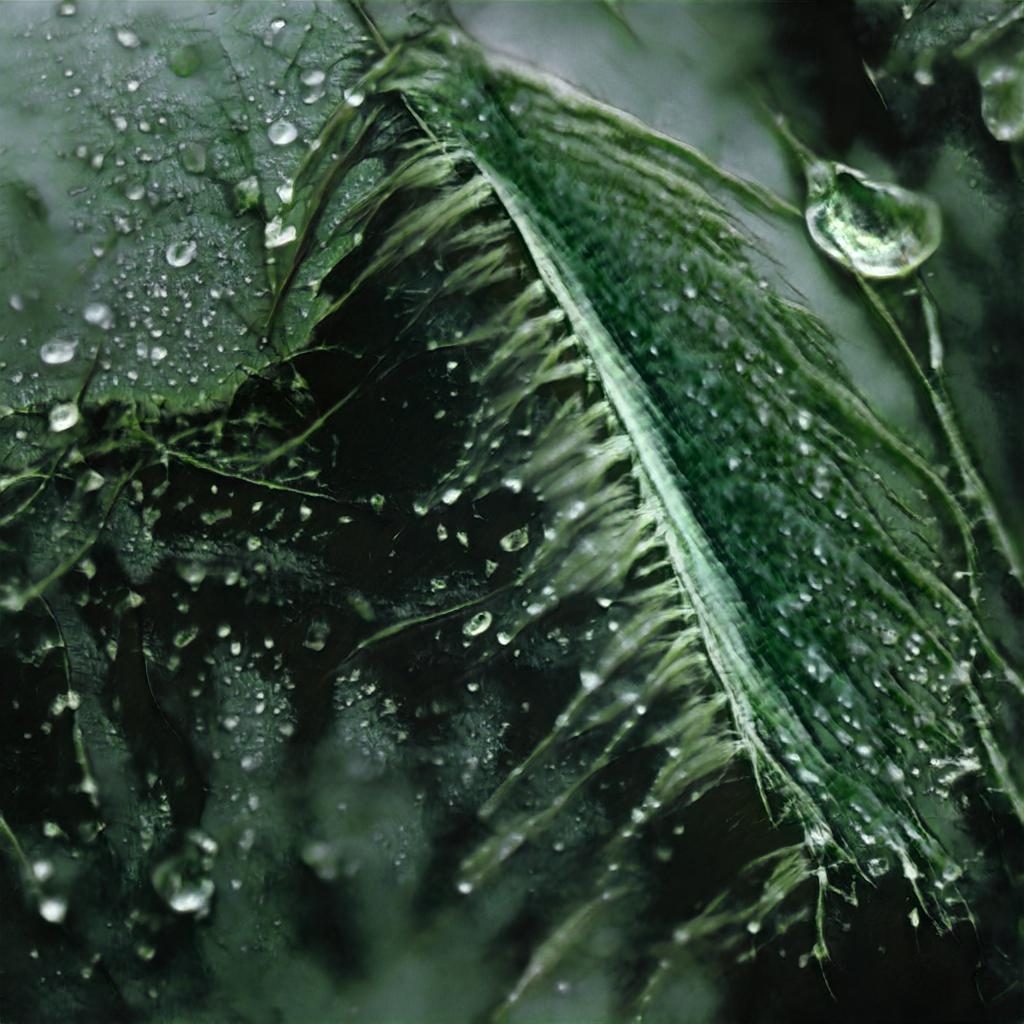
What is your creative process? Where are you finding ideas for your art these days? Curation is a huge part of GAN art. Training a generative adversarial network requires thousands of images worth of training data, and I found that many models used for computer vision research don’t have the aesthetics I want. So a lot of my process involves searching for days on end through catalogs, stock photo websites, photography blogs, fine art databases, and scanning my own source material to get the volume of training data I need.
How do you choose your subject matter? Is there a reoccurring theme that carries throughout your work? Because training a model requires days on end of manual image curation, I choose to train models on images that bring me joy — scenes from nature, brightly colored images that bring me a sense of nostalgia, architecture that fascinates me, microbiology, the cosmos. So that’s what my model subjects are — the culmination of collecting thousands of images that bring me joy and wonder.
In your opinion, what’s your best/favorite piece you’ve made? I loved working with musician Alexa Woodward on the “Voyager EP” music video album. For each song, I conversed with her about the lyrics and meaning behind the melodies, then collected training data that ‘fit’ the mood. We developed six different machine learning generated music videos, which you can find on YouTube. We’ll be doing public viewings of the album and inviting folks to treat them as a sort of audiovisual therapy session.
What living artists are you inspired by? I love the work of Helena Sarin, a pioneer in the GAN art world, as well as other AI artists Robbie Barrat, Ryan Murdock, and Sofia Crespo. I also love the 3D art of Josh Pierce, James Tralie, and Annibale Siconolfi. My favorite emergent media / installation eco-artists are Natalie Jeremijenko, Angelo Vermulen, Ken Goldberg, and Andy Goldsworthy.
Do you own any art by other artists? Is so, what artists? Madeleine Bellwoar (Lucky Melon), Dakin Fuller (Fine Forager), Kindra Lundie (Alchemy Animalia), Orphan, Jerome Foster, Shaylin Wallace, and many more.
Do you have any shows coming up? Thursday, June 24th at 8pm at City Hall Park in Burlington, Vermont we will be giving an artist-musician talk followed by a showing of the entire “Voyager EP” machine learning generated music video album as part of Burlington City Arts’ “Flicks in the Park” summer film series.
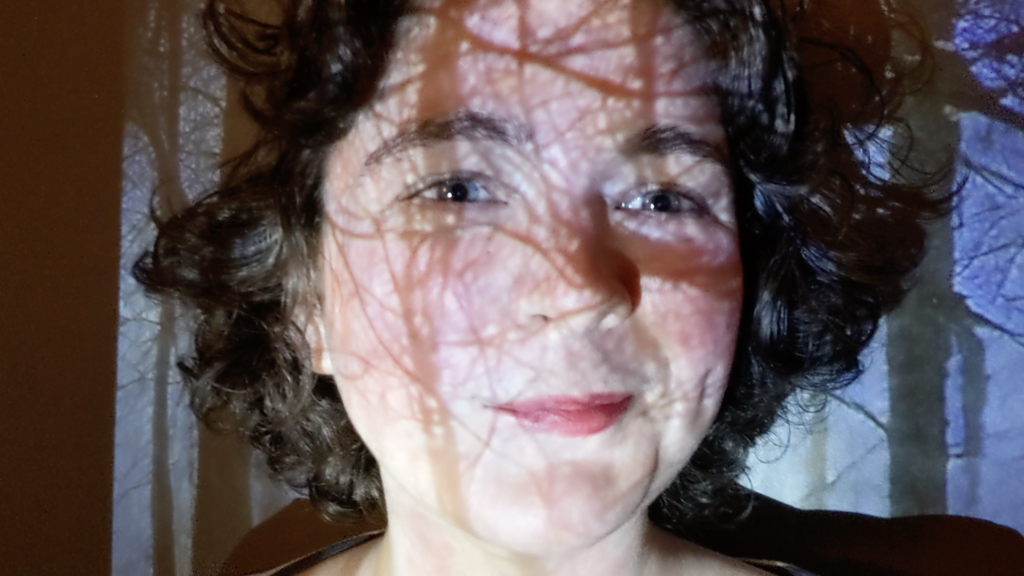
See more from Jane
Website: http://universalities.com/
Instagram: @Nodradek
